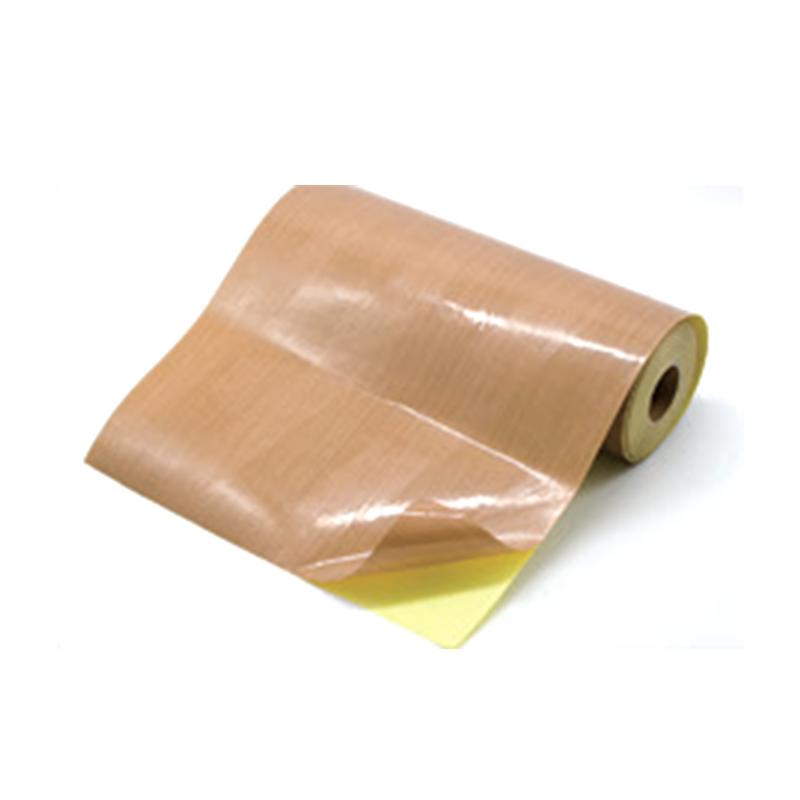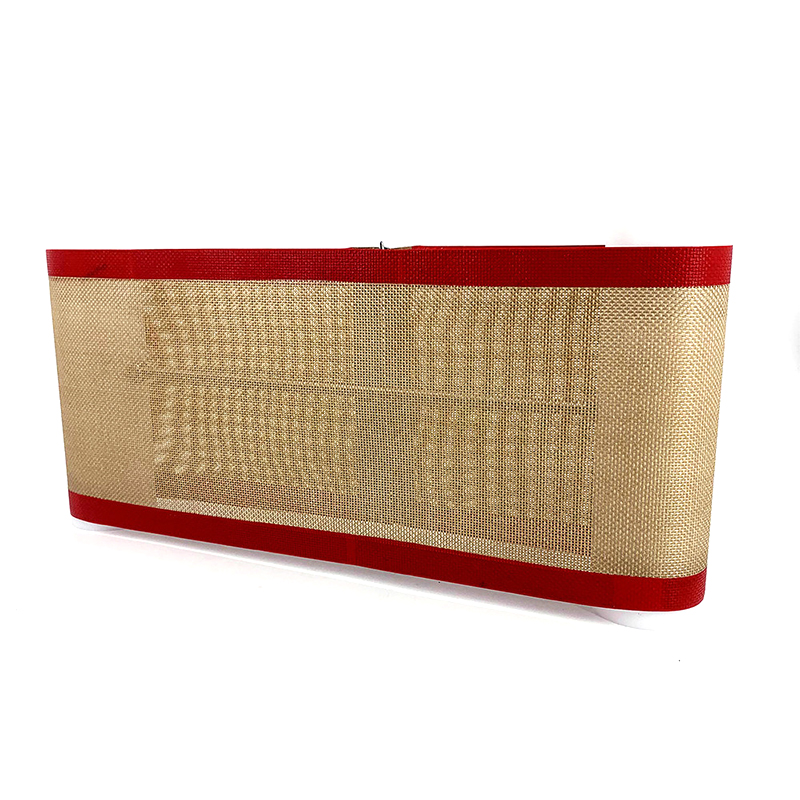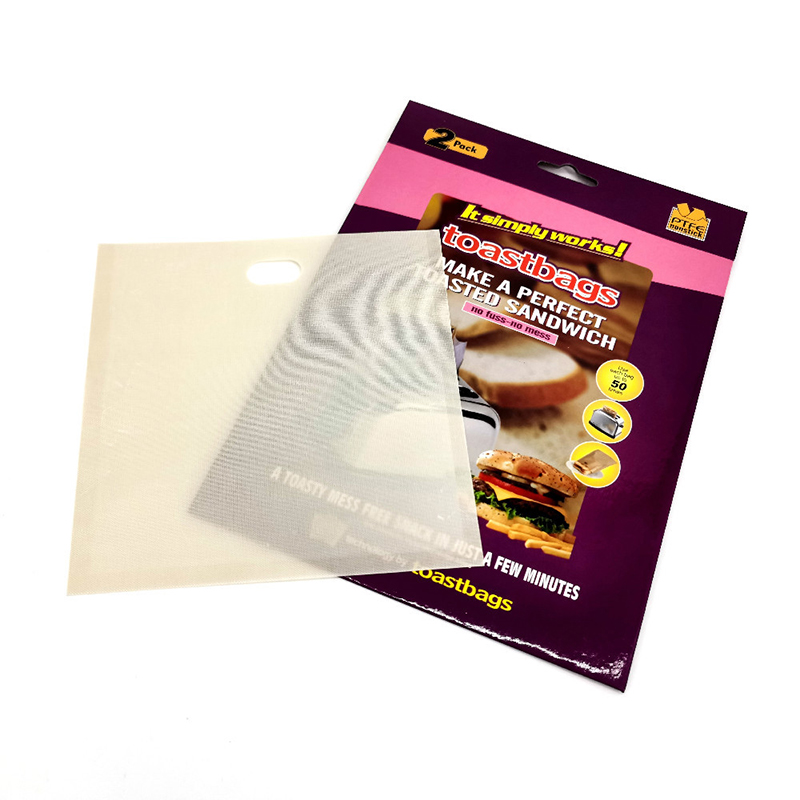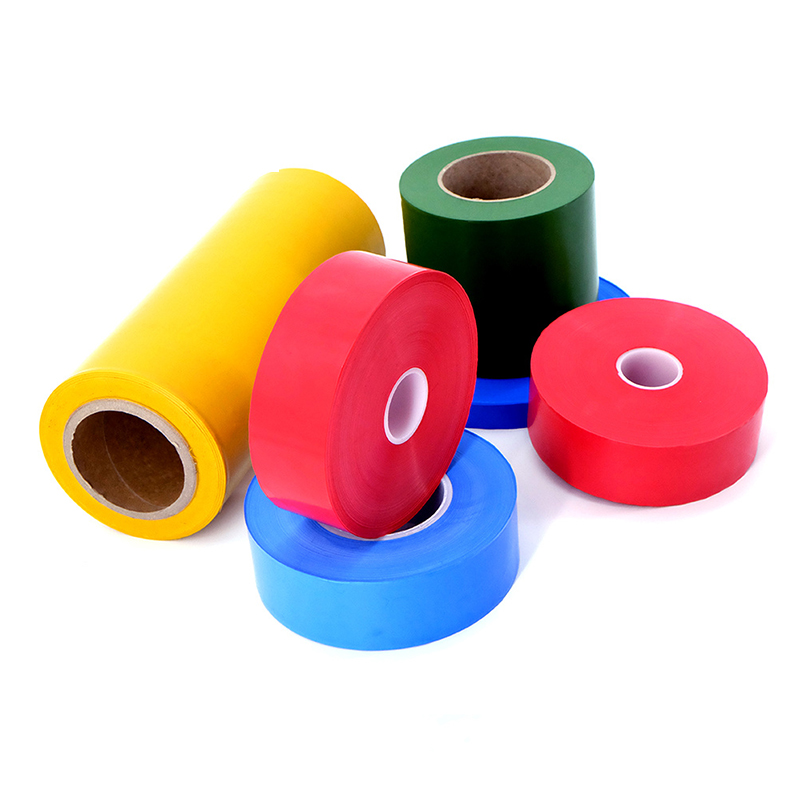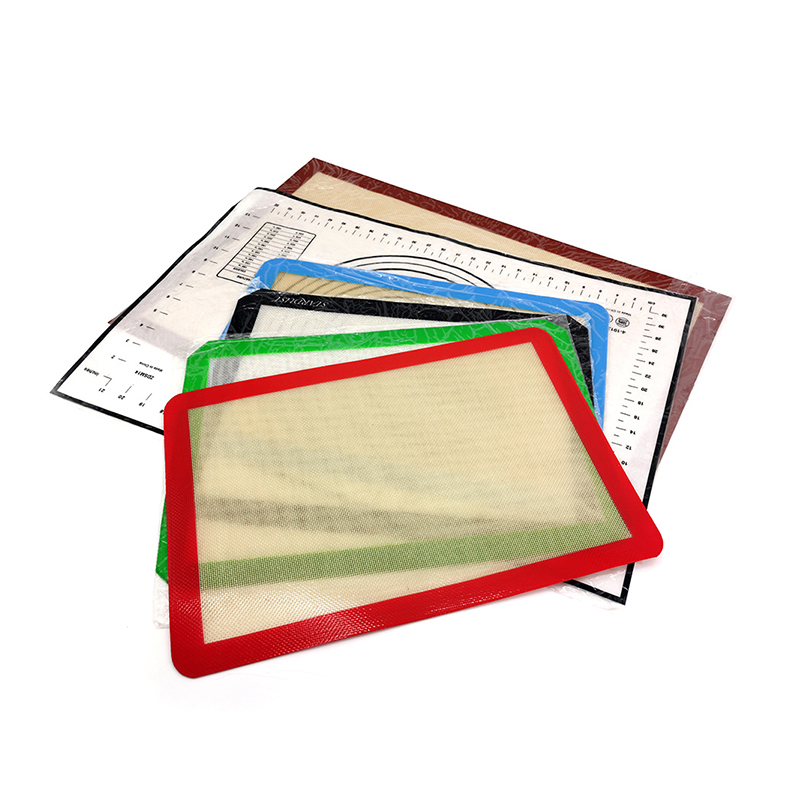Do you know why Etched PTFE Film has become the first choice for high-performance materials?
With the continuous advancement of science and technology and the improvement of industrial manufacturing level, the requirements for material performance are becoming increasingly stringent. High-performance materials must not only meet the traditional basic indicators such as high temperature resistance and corrosion resistance, but also have excellent surface properties and longer service life. Polytetrafluoroethylene (PTFE) is widely used in many fields due to its excellent chemical stability and high temperature resistance. However, the defects of PTFE's own surface hydrophobicity and low adhesion limit its performance in some applications.
For this reason, etching technology was introduced to treat the surface of PTFE film, forming the so-called Etched PTFE Film, which greatly improved its surface properties, expanded its application areas, and improved the overall material performance and use value. This article will deeply analyze the structural characteristics, core advantages, wide applications and future development trends of Etched PTFE Film, and reveal why it has become the first choice for high-performance materials.
1. Basic Overview of Etched PTFE Film
1.1. Introduction to PTFE Materials
Polytetrafluoroethylene (PTFE) is a synthetic fluoropolymer known for its excellent chemical inertness and thermal stability. PTFE is resistant to corrosion by most chemicals, has a wide operating temperature range (-200℃ to 260℃), excellent electrical insulation performance, and a low friction coefficient. It is known as a "solid non-stick agent".
This unique property makes PTFE widely used in many industries such as chemical, electrical, medical, and aviation. For example, as a sealing material, insulating layer, anti-corrosion coating, and lubricant carrier. However, the surface structure of PTFE is extremely smooth and hydrophobic, which makes it difficult to bond with other materials, limiting its use in application scenarios that require good adhesion.
1.2. Effect of etching process on PTFE film
Etching is a process that forms a microscopic concave and convex structure on the surface of a material through chemical or physical methods. The etching treatment of PTFE film mainly uses special corrosive agents to directional damage the surface, making the surface of the film change from smooth to rough.
This process not only increases the surface area, but also introduces more active points, greatly improving the surface energy and adhesion ability of the PTFE film. The etched PTFE film is called Etched PTFE Film, which combines the excellent intrinsic properties of PTFE with improved surface properties to meet more demanding industrial needs.
2. Core advantages of Etched PTFE Film
2.1. Improved surface adhesion
The low surface energy of traditional PTFE makes it difficult for coatings, adhesives and other materials to adhere firmly, limiting its application in the field of composite materials and coatings. After etching, the microscopic roughness of the PTFE film surface is significantly improved, and the chemical active points are increased, which improves its surface energy.
This change effectively solves the problem of poor adhesion, allowing Etched PTFE Film to be firmly combined with a variety of materials, achieving good composite performance and coating adhesion, and broadening the application field of the material. For example, in the fields of electronic insulation films and medical catheter coatings, excellent adhesion properties greatly improve the reliability and durability of the product.
2.2. Excellent chemical resistance and high temperature resistance
PTFE's own chemical inertness enables it to withstand corrosion from strong acids, strong alkalis and a variety of organic solvents. The etching process only affects a very thin layer on the surface and does not destroy the overall structure of PTFE, so the chemical resistance is still excellent.
Similarly, PTFE's high temperature resistance is retained, and it can adapt to complex and changing industrial environments, ensuring that the material can still work stably in high temperature and high corrosion environments. This makes Etched PTFE Film particularly suitable for petrochemical, chemical, electronic and aviation fields.
2.3. Improved mechanical properties of materials
After etching, the microstructural changes on the surface of the film bring about certain mechanical performance improvements. The increased surface roughness improves the mechanical bite between the film and the substrate, and improves the tensile strength and wear resistance.
This not only extends the service life of the material, but also reduces the maintenance cost caused by material aging or wear. In applications such as mechanical moving parts, seals and industrial film materials, Etched PTFE Film has gained wider recognition due to its good mechanical stability.
3. Wide application in multiple fields
3.1. Key materials in the electrical and electronic industry
In the electronics industry, PTFE film is often used for insulation and protective layers. Due to the improved surface adhesion, Etched PTFE Film is easier to combine with conductors and adhesives, which improves the stability and durability of electronic components.
In addition, the improved film can effectively prevent the corrosion of moisture and chemicals, ensuring the long-term stable operation of electronic equipment. The material is widely used in flexible circuit boards, insulating isolation films and cable sheaths to improve the quality and safety of overall electronic products.
3.2. Innovative applications in the field of medical devices
Medical devices have extremely high requirements for the biocompatibility and cleanliness of materials. Etched PTFE Film maintains the chemical inertness and non-toxicity of PTFE, while the enhanced surface adhesion makes it more suitable for coating and composite applications.
This makes the material widely used in medical catheters, surgical instrument coatings and biosensor protective films, effectively improving the reliability and safety of equipment and promoting technological innovation in medical devices.
3.3. Application value in the aerospace and automotive industries
The aerospace and automotive industries have extremely high requirements for high temperature resistance, corrosion resistance and lightweight of materials. Etched PTFE Film performs well in extreme environments and has excellent mechanical properties and environmental adaptability.
The material is widely used in avionics equipment protection, engine sealing and automotive electrical systems, helping to improve system stability and safety, while meeting lightweight design requirements and promoting technological progress in the industry.
4. Technical Challenges and Solutions
4.1. Difficulties in Controlling Etching Process
Etching PTFE film requires highly precise processes, and surface uniformity and microstructure control are crucial. Excessive etching will damage the integrity of the film and lead to performance degradation; insufficient etching will not achieve the ideal adhesion effect.
To solve this problem, advanced etching equipment and process parameter optimization are key. By strictly controlling the etching time, corrosive agent concentration and temperature, a uniform and controllable microstructure on the surface can be achieved to ensure stable product quality.
4.2. Balance between cost and large-scale production
Compared with ordinary PTFE processing, the etching process increases the production cost. How to achieve large-scale production while ensuring quality and reducing costs is the focus of industry attention.
The use of automated equipment, process standardization and material recycling technology will help improve production efficiency, reduce resource waste, gradually achieve a balance between high performance and cost advantages, and promote sustainable development of the industry.
4.3. Environmental protection and sustainable development considerations
The chemical etching process may involve the discharge of harmful solvents and waste liquids, which may have a potential impact on the environment. The concept of green manufacturing requires the upstream and downstream of the industrial chain to optimize environmental protection measures.
The current industry efforts are to develop environmentally friendly etching agents, waste liquid recycling treatment technology, and improve material recovery rates. Through technological innovation and management improvement, a win-win situation of environmental protection and economic benefits can be achieved.
5. Industry trends and future prospects
5.1. Development direction of new etching technology
The development of nanotechnology and precision manufacturing brings new opportunities for etching PTFE membranes. In the future, etching processes will be more refined, enabling nano-scale microstructure customization and giving materials more functionality.
Intelligent production equipment combines data monitoring and artificial intelligence algorithms to achieve real-time optimization of the etching process and improve product consistency and performance stability.
5.2. Fusion of multifunctional composite materials
Etched PTFE Film will be compounded with other advanced materials such as carbon nanotubes and ceramic nanoparticles to create multifunctional composite materials, expand performance boundaries, and meet more complex application requirements.
This composite material has broad application prospects in electronic packaging, medical implants and extreme industrial environments, and promotes the upgrading of high-end manufacturing.
5.3. Market demand and competition pattern forecast
Global demand for high-performance thin film materials continues to grow, especially in the fields of new energy, smart electronics and high-end manufacturing. With its unique advantages, the market size of Etched PTFE Film will steadily expand.
Technological innovation will become the core of market competition, and companies with leading technology and production capabilities will have an advantage and promote the overall upgrading of the industry.
Conclusion
Etched PTFE Film has become an important member of the high-performance materials market with its improved surface performance and excellent intrinsic properties. It not only solves the adhesion problem of traditional PTFE film, but also shows its wide application value in many key industries.
Facing the future, continuous technological innovation and green manufacturing concepts will further release its potential and promote the development of various industries in a more efficient, smarter and more environmentally friendly direction. Paying attention to and deeply applying Etched PTFE Film will help companies stand out in the fierce market competition and achieve sustainable development goals.



 English
English Español
Español русский
русский



